Factors to Consider When Implementing a Customer Document Generation Solution in Cloud Architecture
The digital transformation journey is accelerating, and for many businesses, moving critical functions to the cloud is no longer an option – it’s a strategic imperative. Customer Document Generation, once a purely on-premise operation, is increasingly shifting to cloud architectures, promising unprecedented scalability, flexibility, and cost-efficiency. However, a successful transition isn’t as simple as flicking a switch. To truly harness the power of the cloud for document generation, businesses must meticulously consider several crucial factors.
Ignoring these elements can lead to unforeseen costs, performance constraints, and security vulnerabilities. Let’s delve into the vital considerations for implementing a robust customer document generation solution in the cloud.
Understanding Your Documents: Types, Formats & Volume
Before considering cloud infrastructure, a thorough examination of your document landscape is essential.
- Document Types: What exactly are you generating? The requirements for high-volume, repetitive documents like monthly statements and invoices differ significantly from complex, unique documents such as legal contracts or detailed annual reports. Each type may have specific formatting, data integration, and approval workflows.
- Document Format: What output formats are necessary? Common formats like PDF (for presentation and archival), AFP (for high-volume print streams and archiving), or plain Text (for data exchange) each have different rendering complexities and processing requirements.
- Volume & Frequency: This is paramount. Understanding your expected throughput – whether it’s 10,000 documents per hour during peak billing cycles or millions of documents per month – directly dictates the required infrastructure, scaling mechanisms, and ultimately, the cost model.
Performance & Scalability: Built for Demand
One of the primary drivers for moving to the cloud is its inherent scalability. But how do you ensure your document generation solution truly leverages this?
- Concurrency Handling: Your solution must be engineered to handle numerous document generation requests simultaneously. Can it gracefully manage thousands or even millions of documents being generated at the same time without degradation in performance or user experience?
- Batch Processing: For high-volume, scheduled tasks (like month-end statements), efficient batch processing is key. This involves intelligently grouping jobs and processing them through robust queues or job schedulers to optimise resource utilisation and completion times.
- Autoscaling: The cloud excels at adjusting resources based on demand. Implementing serverless functions (e.g., AWS Lambda, Azure Functions) or containerized environments managed by orchestrators like Kubernetes allows your document generation platform to automatically scale compute resources up during peak loads and scale down during quiet periods, ensuring optimal performance without overspending.
Comprehensive Cost Considerations: Beyond the Obvious
While the cloud can reduce upfront capital expenditure, operational costs can quickly escalate if not managed proactively.
- Storage Costs: Cloud providers like AWS S3, Azure Blob Storage, and Google Cloud Storage charge for storing files. These costs vary significantly based on:
- Storage Class: Choosing the right class (e.g., Standard, Infrequent Access, Archive) is crucial.
- Amount of Data Stored: Charged typically per GB/month.
- Storage Duration: Longer retention periods can increase costs if not optimised.
- Data Egress Costs: Often overlooked, these are the charges for transferring data out of the cloud environment (e.g., sending generated documents to an on-premise system, external email service, or customer download). These can become substantial with high volumes.
- Computing Costs: These are the charges associated with the computing resources used actually to generate the documents. Factors include:
- Computing Service Type: Whether you’re using VMs (Virtual Machines), Containers, or Serverless functions.
- CPU (vCPU) and Memory (RAM): The amount of processing power and memory allocated per instance.
- Disk/Storage: For temporary processing, caching, and database storage directly associated with the compute instance.
- Database Types: Costs associated with relational databases (MySQL, PostgreSQL, SQL Server, Oracle) or NoSQL databases (MongoDB Atlas, DocumentDB, Cosmos DB, etc.) used to store document templates, customer data, and metadata.
- Data Lifecycle Management & Archiving Costs: Effective management extends beyond initial storage. This includes:
- Costs for Moving Data: Charges incurred when moving data between different storage classes (e.g., to cold storage) as documents age.
- Automation: Implementing automated rules for transitioning data to lower-cost storage classes or even auto-deleting files after their required retention period ends is vital for cost optimisation.
Data Security Costs: A Non-Negotiable Investment
In the cloud, data security is paramount. Implementing robust protection and privacy measures comes with associated costs, but these are investments, not expenses, given the catastrophic impact of breaches.
- Encryption: This includes charges for key management services (e.g., AWS KMS, Azure Key Vault) used to manage encryption keys for data at rest and in transit.
- Security Tools: Costs for various security services such as Web Application Firewalls (WAFs), DDoS protection, threat detection services, Identity and Access Management (IAM), and continuous compliance monitoring tools.
Implementing a customer document generation solution in a cloud architecture offers immense opportunities for efficiency, cost reduction, risk mitigation and enhanced customer experience. However, a superficial approach can quickly lead to unexpected challenges. By carefully considering document specificities, performance and scalability needs, a granular breakdown of all potential cloud costs, and the absolute necessity of robust data security, businesses can build a truly optimised and future-proof solution.
At Communication Genetics, we combine our deep understanding of Customer Communication Management with extensive expertise in cloud architecture. We partner with you to navigate these complex factors, design an optimal solution, and ensure your investment delivers tangible returns and seamless customer experiences.


